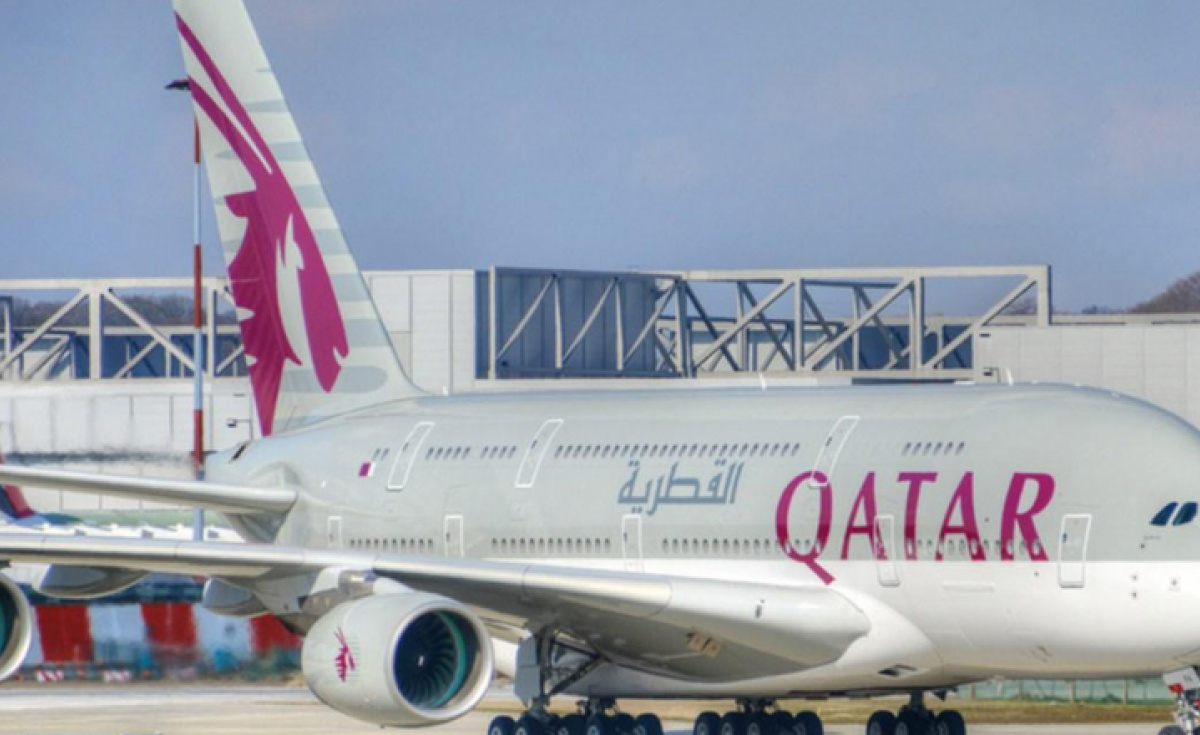Classified by the International Union for the conservation of Nature as endangered, mountain gorillas are a rare species that only inhabit, apart from ones in captivity, the southwestern part of Uganda with a shared population in Rwanda and DRC.
Most of the gorilla subspecies are censoriously under threat and face a huge risk of extinction in the near future unless dire measures are undertaken.
With the previous ‘Gorilla Boom’ reported in the number of mountain gorillas living with in Mgahinga and Bwindi National Park during the past years shines a ray of hope towards the future of these economically important but endangered wild species. The achievement in growing numbers of mountain gorillas unlike other gorilla subspecies can be accredited to the implausible conservation work done by the respective wildlife agencies.
Applaudable; for the past 4 decades, the number of mountain gorillas has risen from just about 250 individuals to 1,064 living in the wild today, an exponential swell, thanks to the combined conservation efforts from several stakeholders.
Regardless of the selfless and determined efforts to protect mountain gorillas and ensure that they continue to thrive in the wild, they still face several challenges threatening their lives and existence. The threat gets even worse when it comes to other gorilla subspecies with less care.
Below is a detail of the main threats facing gorillas in the wild today.
The primary threats are poaching; habitat degradation and loss due to mining, logging and agriculture; and diseases, most notably Ebola. These factors are further exacerbated by conflict and poor governance in many of the remaining gorilla strongholds.
- Poaching
There is both direct and indirect poaching going on in the gorilla habitats with gorillas killed every year by humans either intentionally or while trying to snare other animals. The gorillas are poached for different purposes such are: Food, Bush meat trade and traditional medicines. As Bush meat trade, gorillas have been killed primarily to supply the high demand of meat in urban centers. More so, to some especially the wealthy elite, consumption of ape meat is considered to the prestigious.
2. Climate change
Gorillas too are being threatened by climate change just like we humans. The gorilla food supply is affected by the changes in rainfall patterns and temperatures. This is because thermal tress leads to forest fires which destroy their habitat and lead to the emergency of new diseases which may be deadly to gorillas. The diverse effects of climate change on humans living near gorillas also force them to put more pressure on gorillas themselves. Humans tend to turn to forests as a source of food and water as the supply of these resources gets affected during a drought which affects crop yields and water supply. The high temperatures due to bare forest surfaces left after human activities such as timber harvesting also exposed Gorillas to tough and at times un bearable living conditions.
3. Habitat loss
The primary habitat loss threat to mountain gorillas comes from forest clearance and degradation, as the region’s growing human population struggles to eke out a living. Conversion of land for agriculture and competition for limited natural resources such as firewood lead to varying degrees of deforestation.
Their native gorilla forests are destroyed every year by humans for activities like settlement and farming. Such activities have led to forest fragmentations which have resulted into isolated animal populations leading to additional issues like inbreeding.
4. Mining
Mining has mostly affected the endangered Grauer’s gorillas which have lost almost 80% of their population in the past 20 years. This is because mining paves way for poaching after the extraction some rare earth minerals like coltan in gorilla habitats which is used in making electronic devices like cellphones and laptops.
5. Farming
The continued population growth has put pressure on the existing arable farm land. Communities living near Gorilla parks continue to encroach on park land which in the process dislocates the Gorillas out of their original habitats. They there after opt to search for new settlements and this process is never a smooth one. During their search they transverse other Gorilla habitats where they could face confrontation and deadly fights once the other families try to defend them selves from possible eviction. Young ones could also easily die during the fights or even catch a fever during the voyage.
Gorillas, like all wild animals, play an important role in their environment. Without these large-scale grazers eating lots of vegetation, the natural balance in the food chain would be disrupted.
The rapid degradation of gorilla habitat due to mining, commercial logging, subsistence agriculture, road building activities and all the other threats discussed above all pose a significant threat to the remaining populations of wild gorillas. Gorilla conservationists advise that in order to help lessen the mining of coltan in gorilla habitats, we should always try to recycle our old devices so as to lessen the mineral’s demand.
About Guide2Uganda
Guide2Uganda (www.guide2uganda.ug) is the most comprehensive source of information about Uganda that exists on the web, with more content on Uganda and surrounding towns, attractions, museums and galleries than any other online guide that currently exists for Uganda as well as being a dynamic news and comprehensive events driven site with content being added daily.
According to WeFollow & Peer Index (whom both measure online influence) we are among the most influential online media organizations in Uganda. We were also awarded for ‘’Best Destination Website in Uganda’’ by Jumia Travel Uganda in the 2017-2018 Africa Travel Awards. If you are planning a visit to Uganda you can always reach us on; info@guide2uganda.ug




